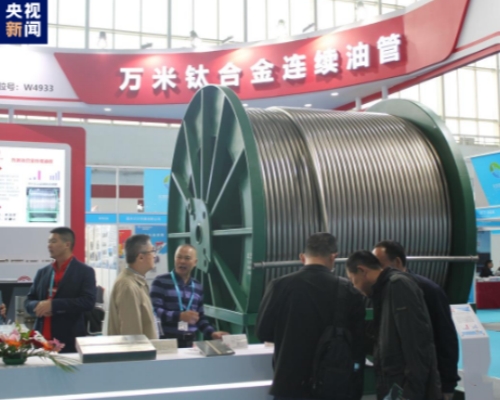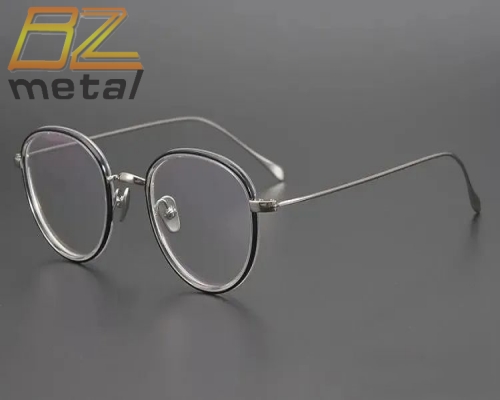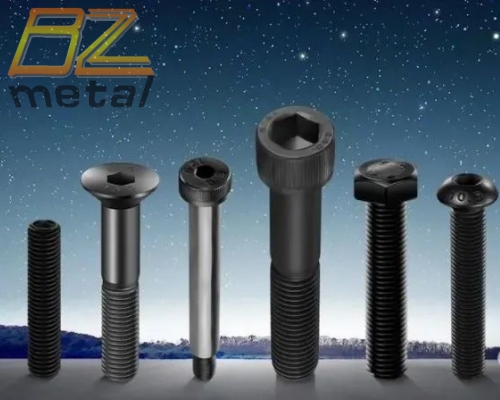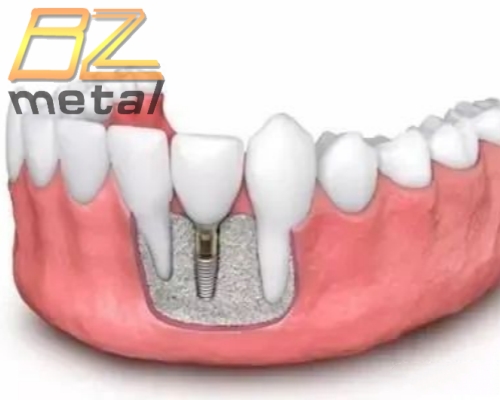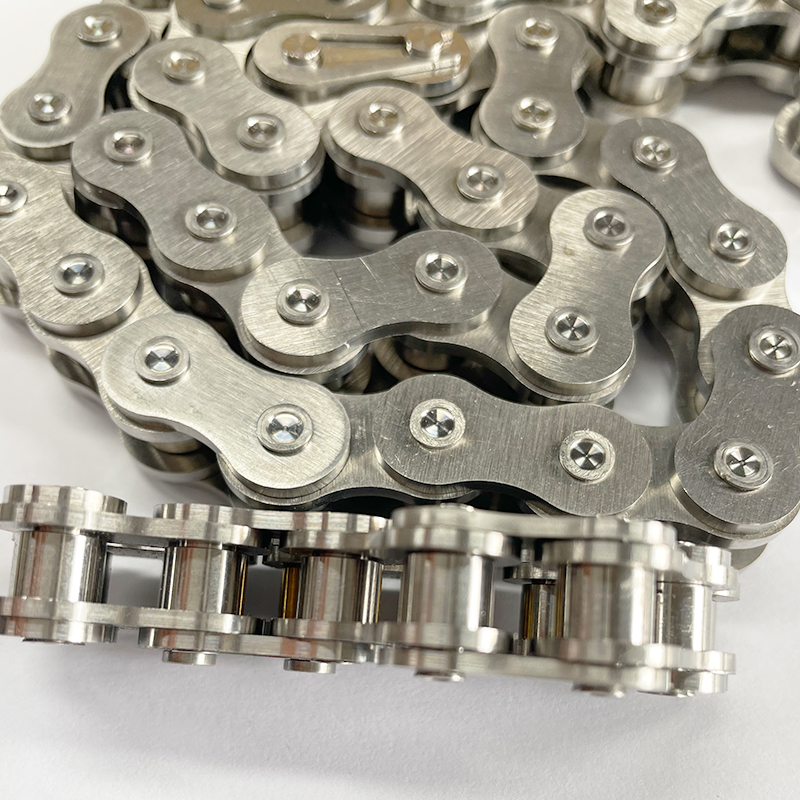Research status of titanium and titanium alloys for automobiles
Research Status of Titanium and Titanium Alloys for Automobiles
1. United States
The countries with the most titanium used in automobiles are the United States and Japan. First of all, the United States attaches great importance to the application of titanium in automobiles. For example, TIMET has established a special automobile factory to develop automotive parts for titanium. Ti Valley has produced titanium intake valves, exhaust valves, valve guards, and connecting rods for racing cars in the United States, and the amount of titanium used in automobiles reaches 50 tons per year. At the International Titanium Association Exhibition held in Las Vegas in 1996, Timet's titanium automobile exhaust system made of industrial pure titanium was displayed. Then Chrysler and GM produced a commercial prototype of the pure titanium exhaust system. Large-scale production evaluation is under way: at the same time, GM is still conducting research on Timetable-62S and Timetable-LCB axles, and is considering putting this alloy into mass production. In addition, NSX Acura, a high-performance car in the United States, also uses titanium connecting rods. This is an example of titanium used in mass production of automobile connecting rods. The Ford Motor Company in the United States has confirmed that several titanium alloy parts applicable to automobiles are Ti-3Al-8V-6Cr-4Mo-4Zr springs, Ti-6Al-4V intake valves and valve guards, Ti-6Al-2Sn-4Zr-2Mo, and TI-6Al-2Sn-4Zr-2Mo-0.1Si exhaust valves. The titanium springs produced by the company around 1989 weigh only one-third of the weight of the same steel springs, and they are more compact and compact. The intake and exhaust valves produced can extend the mileage of a car that consumes a gallon of gasoline by 3 to 4%. When the valve is combined with the titanium spring, the fuel consumption of the engine can be reduced.
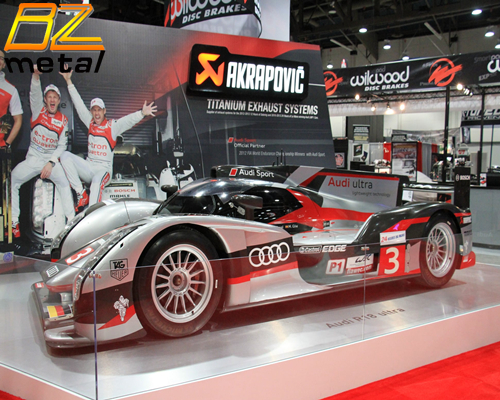
The United States has developed a series of low-cost titanium alloys. For example, Timet and GM have developed Timetable 62S (Ti-6Al-2Fe-0.1Si) Alloy is used in automobile engine parts, its performance is better than Ti-6Al-4V, and its cost is 15% to 25% lower than Ti-6Al-4V. Timet's newly developed titanium alloy Timetable Exhaust X, which is used in motorcycle and automobile exhaust systems, is a Ti-Fe-Si-O alloy. The highest mass fraction of alloying elements is: 0.5%Fe; 0.6%Si; 0.15%O. The company used an electron beam to produce 3.2t flat ingots in one smelting, and after hot rolling, they were cold rolled into rolls with a specification of 1.65 to 0.91mm.
The American Titanium Smelting Company has developed the Timetable 1100 (Ti-6Al-2.7Sn-4Zr-0.4 Mo-0.45Si) alloy exhaust valve, which has creep resistance and oxidation resistance at 6000℃. Timet's Timetable LCB (Ti-4.5Fe-6.8Mo-1.5Al) alloy was specially developed for entering the automotive market. Its overall performance is excellent, especially its fatigue resistance is better than any other titanium alloy. Timetable LCB is a low-cost metastable β-titanium alloy. Its main alloying element is low-cost Fe-Mo alloy with a yield strength higher than 900Mpa and an elongation of about 18%. The performance is no less than that of high-strength steel. Compared with the use of aluminum-molybdenum intermediate alloys, the use of ferromolybdenum can reduce costs by 25%. ~about 33%. LCB suspension springs have been used on off-highway racing trucks. In addition to reducing the weight of the vehicle, they have two advantages: the response rate is faster than that of steel springs, so the driving is smoother; the weight is reduced by 60%, the volume is reduced by 25%, and the life span is more than 4 times that of steel springs. The United States Manly High-performance Products Company has produced two titanium valves, Ti-1000 and Ti-6Al-2Sn-4Zr-2Mo, and has participated in various types of motorcycle races.
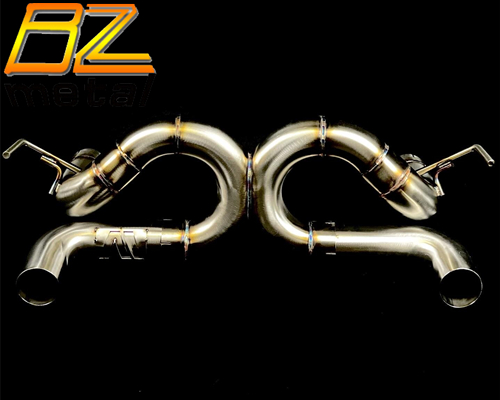
2. Japan
Japan used titanium in racing cars and some sports cars as early as 20 years ago, but it has not yet been used in general small buses that pay attention to cost. For example, Nissan R382 won the Japanese competition because of its titanium alloy valve. At present, the main applications of titanium and its alloys in automobiles include engine parts, springs, rods, connecting rods, standard parts, wheels, power valves, etc. According to Japanese experience, the use of 0.8 to 0.9kg/unit of titanium in automobile power valves is equivalent to a weight loss of 20kg/unit.
Japan has conducted a lot of research on the development of titanium applications in automobiles. The Institute of Future Technology has developed titanium alloys for automobiles such as SAT64AW, SAT64HM, SAT325HM, Ti-20V-4Al-1Sn, etc. AT64HM, SAT325HM alloys have good thermal workability, drilling and fatigue resistance, or do more drilling connecting rods and other components, and the cutting and processing cost is low. The Ti-2V-4Al alloy developed by Mitsubishi Motors of Japan has good cold workability and is suitable for manufacturing valve stems. With the intake and exhaust valves made by Toda Manufacturing Co., Ltd. using Ti-6Al-4V, Titanium Valley technology has improved the performance of the engine and increased the speed of the car by 10 to 15%. It is worth mentioning that at the 29th International Automobile Exhibition held in Tokyo, Japan in 1992, titanium body panels and titanium energy-saving and low-pollution engine vehicles were exhibited for the first time, which attracted the attention of participants from all aspects. In 1996, titanium was used on the structural components of solar cars made in Japan, and it won the fourth place in the fourth World solar car competition. Titanium was originally used in the mass-produced high-end NSX V-6 car, and then titanium was used in the valve class of the Toyota two-door convertible car that won the award in Japan in 1998. The intake valve of the car uses Ti-6A1-4V/TiB alloy produced by powder metallurgy, and the exhaust valve uses Ti-Al-Zr-Sn-Nb-Mo-Si/TiB alloy with heat resistance. The engine of the car is 2000cc, using 1 intake valve of 279 and 8 exhaust valves of 249, and the total titanium used in a car is 408g. When the raw material is steel, the respective weight is 40. Og and 44.6g, the total weight of the valve is more than twice that of titanium. Titanium is also used in the valve springs of this kind of car, and its weight has been reduced from 43g to 36g.Toyota's initial production of this new type of car was 4,000 units, half of which used titanium.
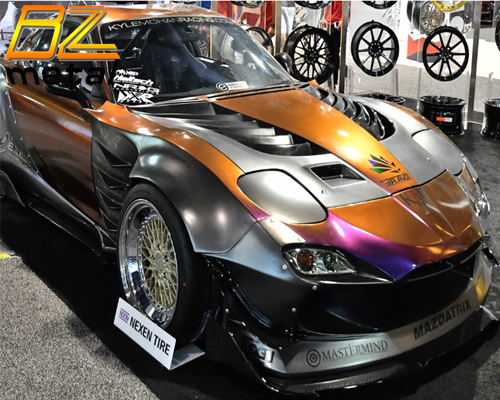
Japan's Datong Iron and Steel Company has developed a new type of titanium aluminum alloy, which is used in the manufacture of exhaust valves for automobile engines, which can greatly improve the performance of the engine. The composition of this new type of titanium aluminum alloy is Ti-33.5Al-1Nb-0.5Cr-0.5Si, of which Nb and Si are added to improve oxidation resistance and creep resistance. Compared with the martensitic heat-resistant steel and nickel-based alloys commonly used in exhaust valves, the outstanding characteristics of this alloy are its small specific gravity (only half that of martensitic heat-resistant steel) and good thermal conductivity. In cooperation with the Japan Institute of Metal Materials and the Korea Institute of Machinery and Metals, the Japan Institute of Metal Materials adopts the elemental mixing method to evenly mix alloy powder and reinforced powder, vacuum sintering, and hot isostatic pressing into two low-cost alloys. It has excellent tensile, creep and fatigue properties and is expected to be made into auto parts.
The required characteristics of titanium alloys for automobile exhaust systems must meet the following 4 points:
(1) They have sufficient strength at high temperatures above 600℃, and the strength decreases less after long-term use.
(2) The reduction in wall thickness caused by oxidation at high temperatures above 700℃ is very small.
(3) At room temperature, with JIS Category 2, ASTM Gr. 2 Pure titanium (hereinafter referred to as Gr. 2) It has the same or more formability (bending, expansion characteristics, deep impact, etc.).
(4) At a high temperature above 600℃, a certain load with a yield strength of 0.2% below the temperature is difficult to deform if applied for a long time, that is, it has excellent creep resistance.
Ti-LCU and Ti-1Cu-0 for automotive exhaust systems developed by Nippon Steel Corporation of Japan. 5Nb design concept and its excellent characteristics (room temperature formability, high temperature strength, oxidation resistance, creep resistance). These alloys have achieved low oxidation through the addition of Cu, and the addition of Nb is necessary. New concepts that were not available in the original alloy design ideas have been born. For example, Super-TIX 10CU and Super-TIX 1OCUNB have been widely used as automotive exhaust system materials. It has been widely used. For example, Super-TIX 10CU has been used in parts of Suzuki GSX series silencers that require heat resistance since 2007. It has been used in Nissan GT-Rspec-V since 2009 and on GT-R EGOIST silencers since 2010 (figure-1(a)), which reduces the weight by about 30% compared with stainless steel. Super-TIX 10CUNB is used by Akrapovic, Europe's largest manufacturer of exhaust system components, not only on motorcycles, but also as part of automobile silencers (figure 1 (b)). The high processability and high temperature strength, high oxidation resistance, and creep resistance of these alloys at room temperature are fully utilized. The alloy design and manufacturing conditions are set appropriately.

